How To Install Ip Cameras ?
To install IP cameras, first, determine the desired location for the camera and ensure it has a stable internet connection. Next, mount the camera securely using the appropriate hardware. Connect the camera to a power source using the provided power adapter or PoE (Power over Ethernet) cable. Then, connect the camera to the network using an Ethernet cable or via Wi-Fi, following the manufacturer's instructions.
Once the camera is physically installed, access its settings through a web browser or dedicated software provided by the manufacturer. Configure the camera's network settings, such as assigning a static IP address or connecting to a Wi-Fi network. Set up any additional features or settings, such as motion detection or recording schedules, according to your preferences. Finally, test the camera's functionality by accessing the live feed through the provided software or a web browser.
1、 Choosing the Right IP Camera for Your Needs
Choosing the Right IP Camera for Your Needs
Installing IP cameras can greatly enhance the security and surveillance of your home or business. These cameras offer advanced features such as high-resolution video, remote access, and motion detection, making them a popular choice for many users. However, it is important to choose the right IP camera that suits your specific needs. Here are some factors to consider when selecting and installing IP cameras.
Firstly, determine the purpose of your IP camera. Are you looking to monitor a large area or a specific location? Do you need indoor or outdoor surveillance? Understanding your requirements will help you choose the appropriate camera type, such as dome, bullet, or PTZ (pan-tilt-zoom) cameras.
Next, consider the camera's resolution. Higher resolution cameras provide clearer and more detailed images, but they also require more bandwidth and storage space. Assess your network capabilities and storage capacity to ensure smooth operation.
Another crucial aspect is the camera's field of view. Wide-angle lenses are ideal for monitoring large areas, while narrow lenses are suitable for focusing on specific objects or individuals. Additionally, consider the camera's low-light capabilities if you require surveillance during nighttime or in dimly lit areas.
When it comes to installation, it is recommended to hire a professional technician who can ensure proper placement and configuration of the IP cameras. They will assess the best locations for installation, taking into account factors such as lighting conditions, obstructions, and potential blind spots.
Furthermore, ensure that your network infrastructure can support the IP cameras. Check if your router has sufficient ports and bandwidth to handle the additional devices. If necessary, consider upgrading your network equipment to ensure smooth and uninterrupted video streaming.
Lastly, take advantage of the latest advancements in IP camera technology. Many cameras now offer features like facial recognition, advanced analytics, and integration with other security systems. Stay informed about the latest developments to make an informed decision.
In conclusion, installing IP cameras requires careful consideration of your specific needs and the available technology. By choosing the right camera type, resolution, field of view, and installation approach, you can enhance the security and surveillance of your premises effectively. Stay updated with the latest advancements to make the most of your IP camera system.
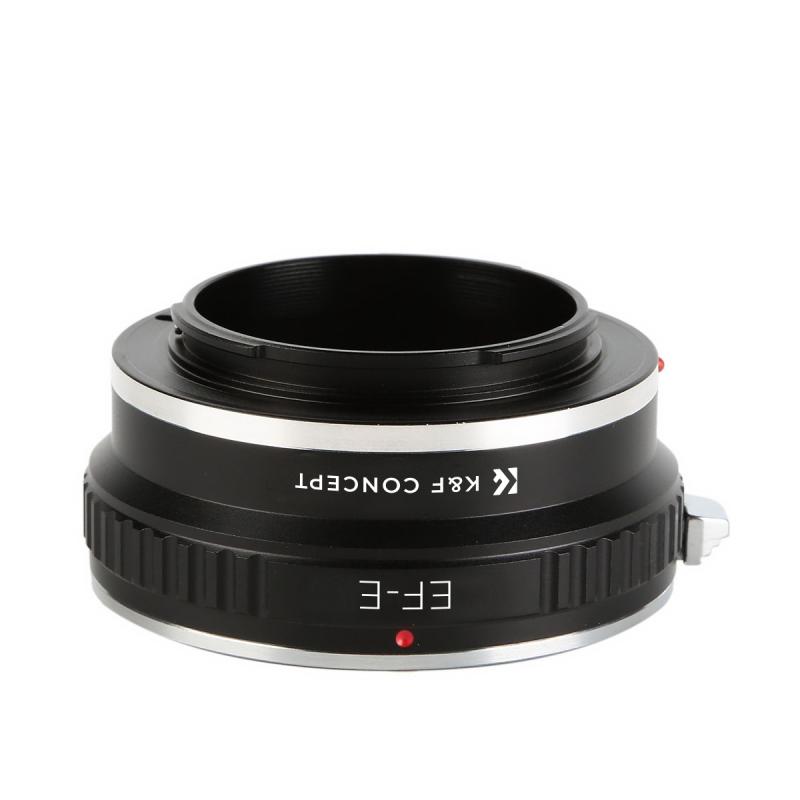
2、 Setting Up the Network for IP Camera Installation
Setting up the network for IP camera installation is an essential step to ensure a smooth and efficient surveillance system. Here is a step-by-step guide on how to install IP cameras:
1. Plan your network: Determine the number of cameras you need and their locations. Consider factors such as power supply, network connectivity, and the distance between cameras and the network switch.
2. Choose the right equipment: Select IP cameras that meet your surveillance requirements. Ensure they are compatible with your network infrastructure and have the necessary features such as high-resolution video, night vision, and motion detection.
3. Install the cameras: Mount the cameras in the desired locations, ensuring they have a clear view of the area you want to monitor. Connect the cameras to a power source and attach them to the network using Ethernet cables.
4. Configure the cameras: Access the camera's web interface using its IP address. Set up the camera's network settings, including IP address, subnet mask, gateway, and DNS server. Assign a unique IP address to each camera to avoid conflicts.
5. Set up the network switch: Connect the cameras to a network switch using Ethernet cables. Ensure the switch has enough ports to accommodate all the cameras. Configure the switch to provide power over Ethernet (PoE) if your cameras support it.
6. Configure the network: Set up your router to assign IP addresses to the cameras automatically using DHCP. Ensure the router's firewall settings allow access to the cameras from remote devices or the internet if required.
7. Install viewing software: Install the manufacturer's software or a third-party video management system (VMS) to view and manage the cameras. Configure the software to connect to the cameras using their IP addresses.
8. Test the system: Verify that the cameras are functioning correctly by accessing the live video feed from a computer or mobile device. Adjust camera settings such as resolution, frame rate, and motion detection sensitivity as needed.
It is important to stay updated with the latest advancements in IP camera technology and network security. Ensure that your cameras and network equipment have the latest firmware updates to protect against potential vulnerabilities. Regularly monitor and maintain your network to ensure optimal performance and security.
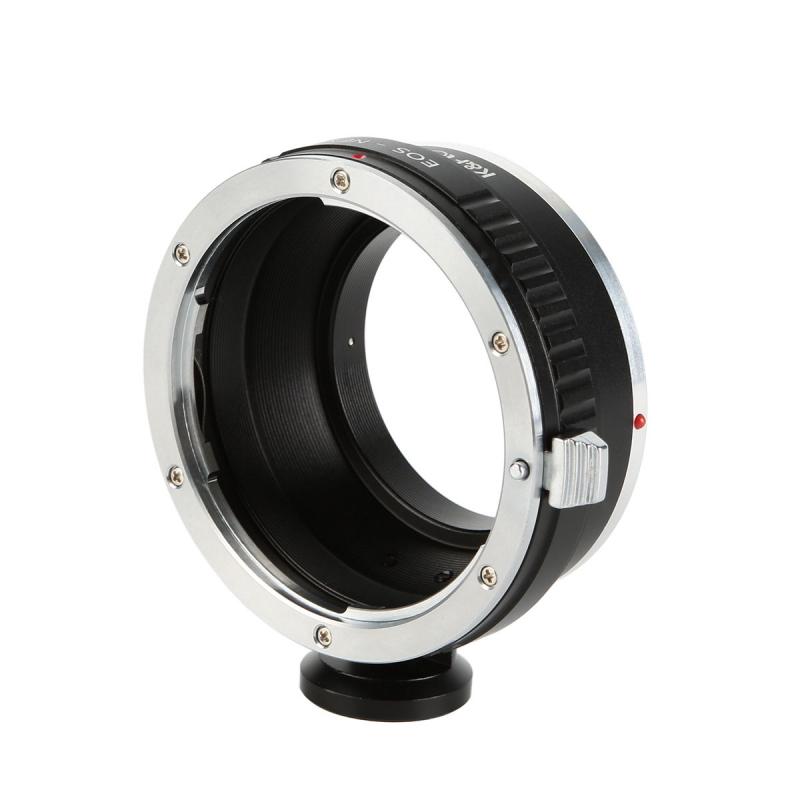
3、 Mounting and Positioning the IP Camera
Mounting and positioning an IP camera is a crucial step in ensuring effective surveillance and monitoring. Here's a step-by-step guide on how to install IP cameras:
1. Determine the ideal location: Before mounting the camera, identify the areas you want to monitor and choose suitable locations. Consider factors such as the camera's field of view, lighting conditions, and potential obstructions.
2. Gather the necessary tools: You'll need a power drill, screws, a screwdriver, and a ladder or step stool.
3. Mount the camera: Use the power drill to create holes in the wall or ceiling where you want to install the camera. Ensure the holes are aligned with the mounting bracket. Secure the bracket using screws and a screwdriver.
4. Connect the camera: Depending on the camera model, you may need to connect it to a power source and a network. Follow the manufacturer's instructions to connect the camera properly.
5. Adjust the camera angle: Once the camera is mounted, adjust its angle to capture the desired area. Ensure the camera is level and facing the right direction. Some IP cameras offer remote pan, tilt, and zoom capabilities, allowing you to adjust the camera's position remotely.
6. Test the camera: After installation, test the camera to ensure it's functioning correctly. Check the video feed and adjust settings if necessary.
In recent years, advancements in IP camera technology have introduced features like motion detection, facial recognition, and cloud storage. These features enhance the camera's capabilities and provide more flexibility in positioning and monitoring. Additionally, some IP cameras now offer wireless connectivity, eliminating the need for physical network cables.
Remember to consult the camera's user manual for specific installation instructions, as different models may have unique requirements.
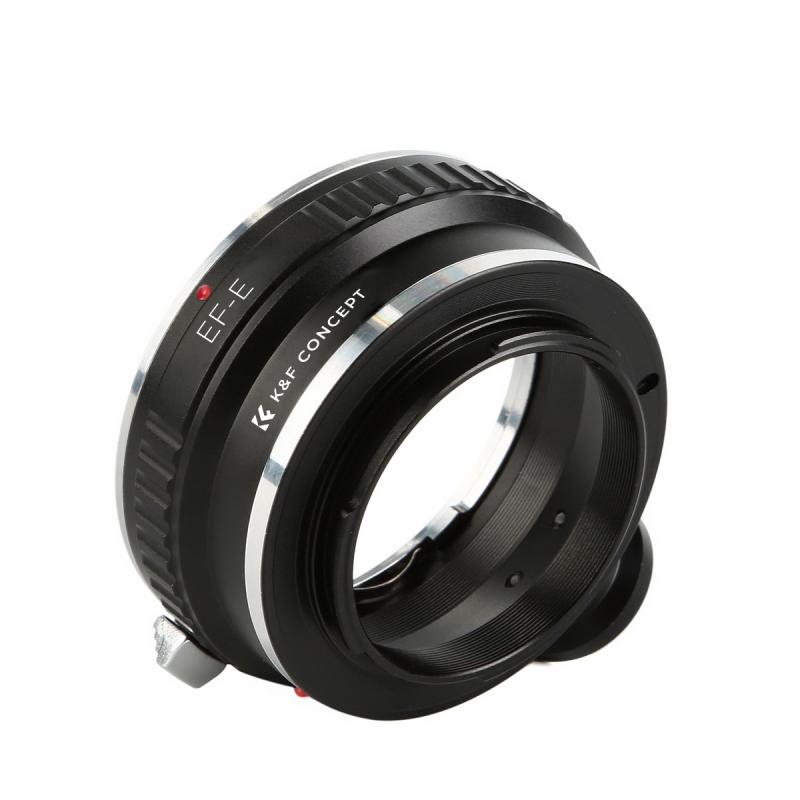
4、 Configuring the IP Camera's Settings and Features
Configuring the IP Camera's Settings and Features
To install IP cameras, you need to follow a series of steps to ensure proper configuration and functionality. Here is a guide on how to install IP cameras and configure their settings and features:
1. Determine the camera's IP address: Connect the IP camera to your network using an Ethernet cable and power it on. Use the manufacturer's documentation or software to find the camera's IP address. Alternatively, you can use an IP scanner tool to discover the camera's IP address on your network.
2. Access the camera's web interface: Open a web browser on a computer connected to the same network as the camera and enter the camera's IP address in the address bar. This will take you to the camera's web interface.
3. Login and configure basic settings: Enter the camera's default username and password to log in. Change the default credentials to enhance security. Configure basic settings such as date and time, resolution, frame rate, and compression settings according to your requirements.
4. Set up network settings: Configure the camera's network settings, including IP address, subnet mask, gateway, and DNS server. Ensure that the camera's IP address is within the same range as your network.
5. Enable remote access: If you want to access the camera remotely, configure port forwarding on your router to allow external access to the camera's IP address. Set up a dynamic DNS service if your ISP assigns you a dynamic IP address.
6. Configure advanced features: Explore the camera's web interface to configure advanced features such as motion detection, video analytics, PTZ (pan-tilt-zoom), and audio settings. Adjust these settings based on your specific needs.
7. Test and optimize: After configuring the camera's settings, test its functionality by viewing the live feed and recording videos. Adjust the camera's position and settings to optimize the image quality and coverage area.
It is important to note that the specific steps may vary depending on the camera model and manufacturer. Always refer to the camera's documentation for detailed instructions. Additionally, ensure that you keep the camera's firmware up to date to benefit from the latest security patches and features.
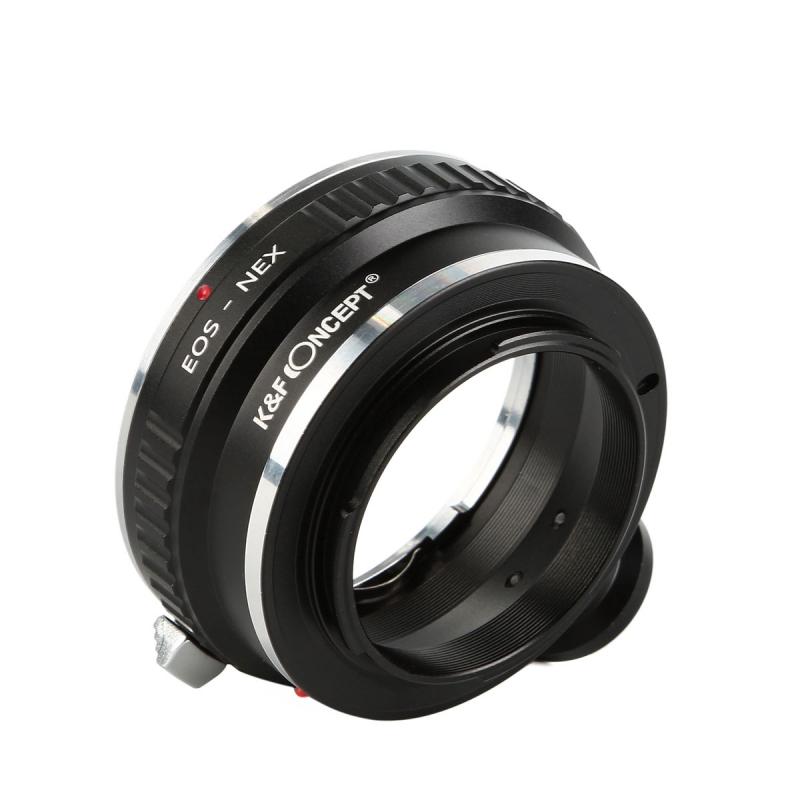


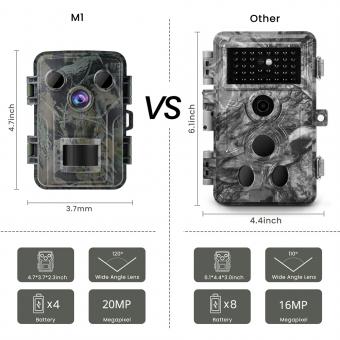
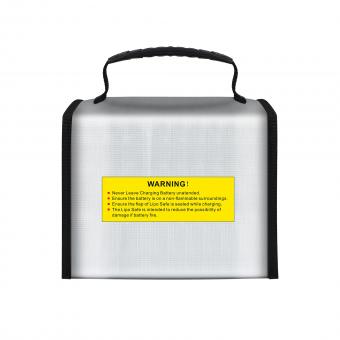


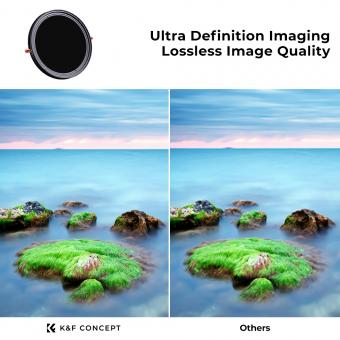





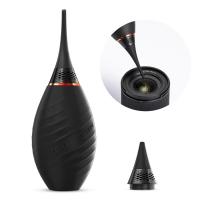







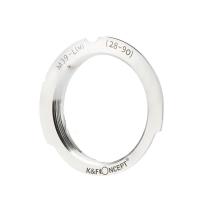


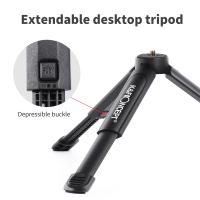




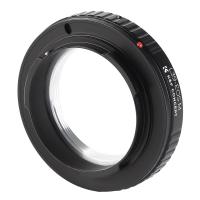
There are no comments for this blog.